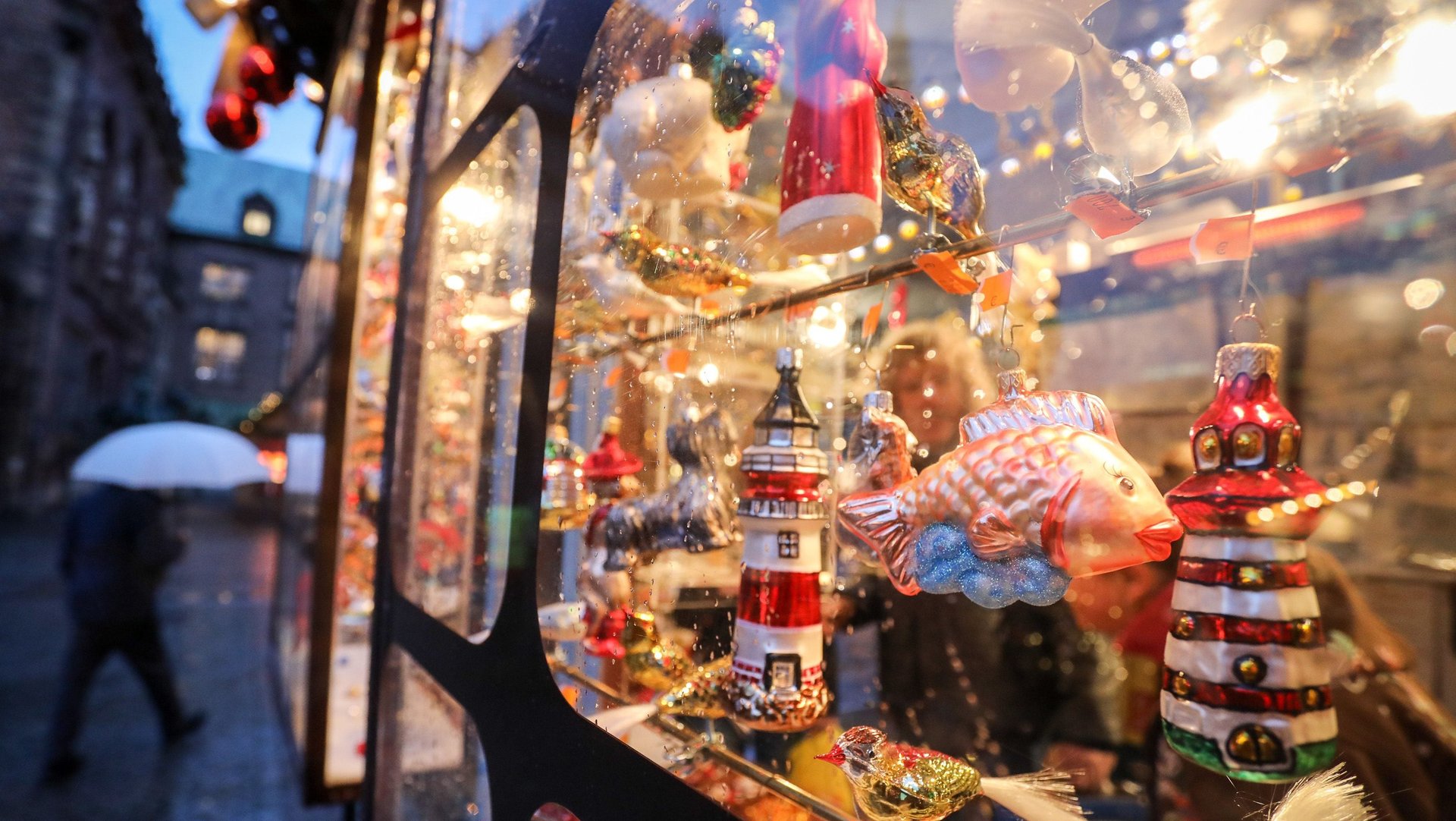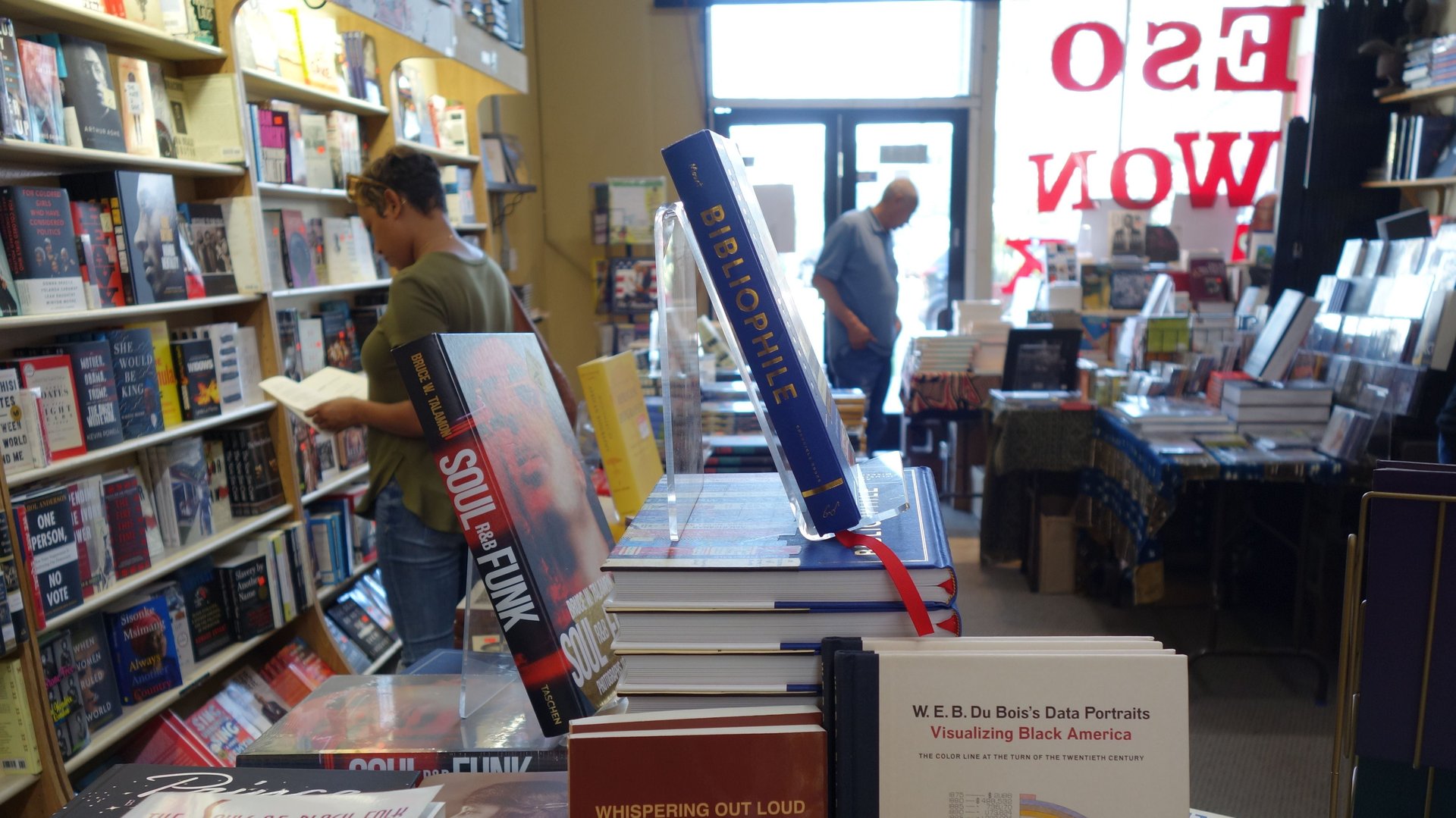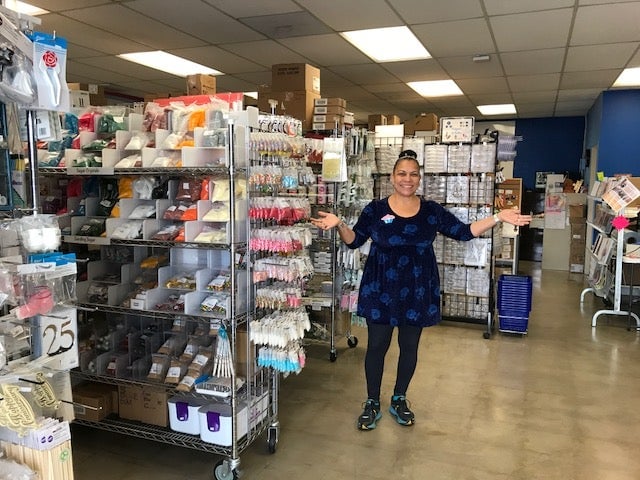Let’s go holiday shopping in local stores, because we’ll miss them when they’re gone
In the US on Black Friday—the inaugural day of holiday shopping that follows Thanksgiving—it has become traditional for everyone to start kvetching about how awful it is to go shopping during the annual frenzy of holiday sales, and why we ought to stay home, watch movies, open up a second screen and order everything online.


In the US on Black Friday—the inaugural day of holiday shopping that follows Thanksgiving—it has become traditional for everyone to start kvetching about how awful it is to go shopping during the annual frenzy of holiday sales, and why we ought to stay home, watch movies, open up a second screen and order everything online.
“Shopping in a physical store is soul-sucking,” Katharine Schwab wrote recently for Fast Company. “You have to fight through the crowd to find the stuff you want, if it’s even there. Then there’s a line at the fitting room, and another line to check out. By the time you leave, you’re disgruntled–and wondering why you didn’t just go online.”
Waiting is hard. And it’s true, sometimes being around other people can make us feel a little perturbed. But before we declare “Hell is other people” and lock ourselves up at home, let’s take a breath. Venturing out into the world of brick-and-mortar commerce, even during the holiday season, need not inspire such existential dread. If you’re going to the right stores, shopping in real life can actually be efficient, even pleasant. You might surprise yourself by discovering a gift that an algorithm would never have served you, or interacting with another human who is helpful—or just nice. And where else are you going to hear “All I Want for Christmas Is You?”
So bear with me for a wild suggestion: If you’re shopping this holiday season, try to do at least a portion of it in an actual store. I’m not sending you to Best Buy to be trampled in pursuit of a doorbuster deal on a flat-screen television. I’m simply recommending that you visit a local shopping district, or think about an independent store that you like—one you might be disappointed to see shut down—and buy something there.
The reasons for shopping in actual stores are myriad, but perhaps the most compelling is that we’re going to miss them when they’re gone.
It won’t surprise anyone who has observed the ghost towns of empty storefronts across the country to learn the US lost about 10,000 retailers in 2017—which is bad news for shoppers, but even worse news for retail workers. Since the beginning of 2017, the US economy has added over 4 million jobs, but the retail industry has lost about 16,000.
Of course, our unwillingness to leave our couches (or desks) to shop is not the only reason for the decline of brick-and-mortar stores. There are also unsupportable rents and pesky millennials who would prefer to spend on “experiences” (you know, to Instagram) than material goods. And truth be told, I’m all for spending on an indulgent dinner or a weekend away. Overconsumption is a problem, and many of us are trying to be more mindful in our choices of the things we clutter our homes and lives with.
But let’s not throw out the baby with the bathwater here. Walking into a small shop with twinkly Christmas lights around the window and a bell on the door is a nice experience—and one of the great privileges of capitalism. But if we want to maintain it, we’re going to have to actually take something off the shelf, walk up to the register, and pay for it. And it’s really not so bad.
Stores are curated
You know what the people who own nice stores spend a lot of time doing? Deciding what to put in them.

If you have someone on your list that’s hard to shop for, imagine a store they might like (or even ask them!) and then go there. Your chances of choosing a dud will be considerably diminished, because the things that someone selected to put in the store are presumably what drew your loved one to it. I’m 99% sure my husband does this at one of my favorite boutiques, and it’s a winning strategy.
There are people there
Maybe hell isn’t other people? Hell might actually be the internet. People, on the other hand, are generally on your side—even (or especially!) if they’re working on commission. Sometimes in December they’ll even have an open bottle of wine or some cookies by the cash register to convince you that their store is not in fact a fiery inferno.
Tell a shopkeeper who you’re shopping for, what they’re like, and what your budget is. This works at booksellers, record stores, kitchen suppliers, outdoor outfitters, wine shops, you name it. Once, I even asked a guy with roughly my dad’s stature what size rain-jacket he would wear, and then I bought that size. This is better than a size chart!
You don’t need to worry about shipping
Last year, I realized two days before Christmas that I had stocking stuffers for everyone except for my sister, who loves making cakes for kids’ parties. No, I did not look up the best spatulas on the WireCutter and then overnight them from Amazon. Nor did I try to find a parking spot at the mall that houses my nearest Crate & Barrel.

Rather, I went to Gloria’s Cake and Candy Supplies, a baking supply store in a nearby strip mall that I’d driven past countless times. 20 minutes before closing, I filled a basket with little bottles of sanding sugar, sprinkles, “luster dust,” and food coloring in a rainbow of hues. (I also got myself a dough-scooper for making cookies.)
Are these items available on Amazon? Probably. But they were also sitting on the shelf of a 46-year-old family-owned business just two miles from my house. Plus, I didn’t have to toss out any cardboard or padded envelopes.
Stores might be self-driving cars one day
The Atlantic’s Derek Thompson painted a picture of the retail landscape that might await us if we don’t turn this around, and it’s mind-blowingly bleak:
Once autonomous vehicles are cheap, safe, and plentiful, retail and logistics companies could buy up millions, seeing that cars can be stores and streets are the ultimate real estate. In fact, self-driving cars could make shopping space nearly obsolete in some areas … A new luxury-watch brand in 2025 might not spring for an Upper East Side storefront, but maybe its autonomous showroom vehicle could circle the neighborhood, waiting to be summoned to the doorstep of a tony apartment building. Autonomous retail will create new conveniences and traffic headaches, require new regulations, and inspire new business strategies that could take even more businesses out of commercial real estate. The future of retail could be even weirder yet.
Let’s go shopping while we still can.